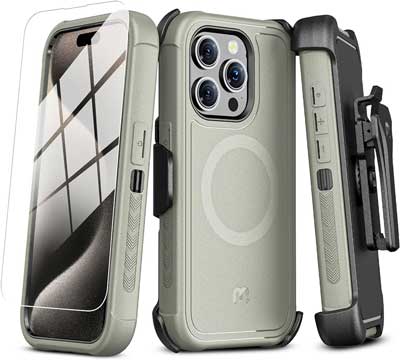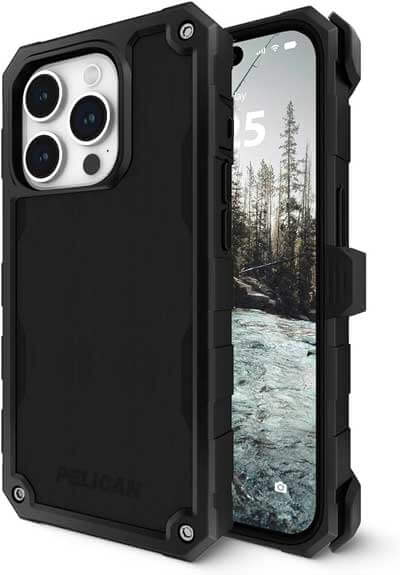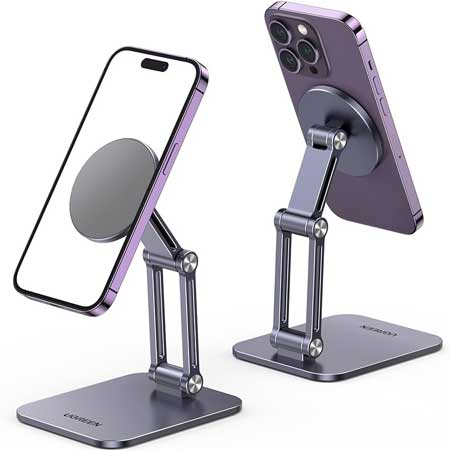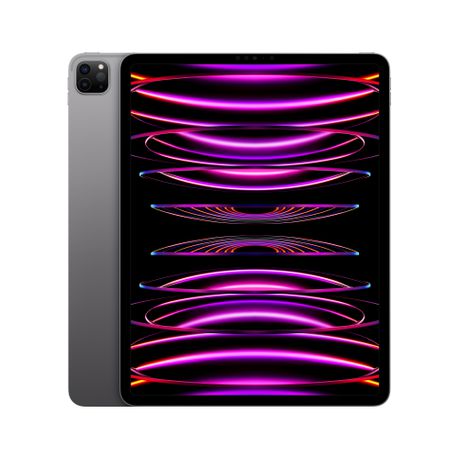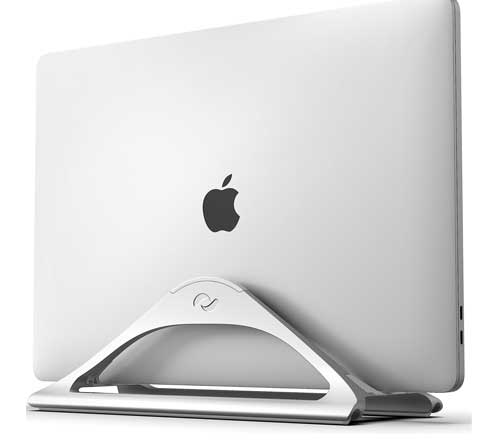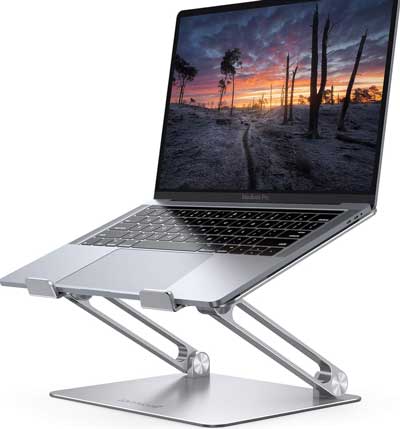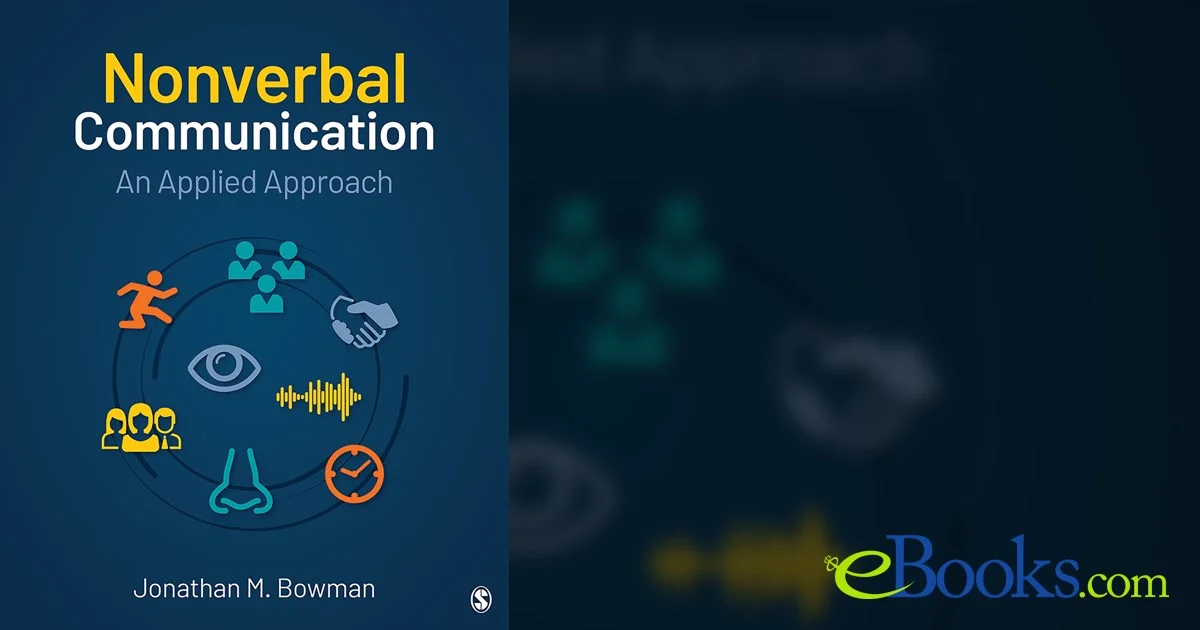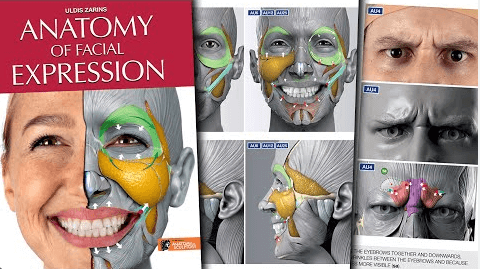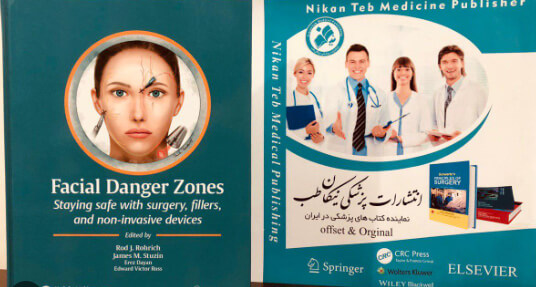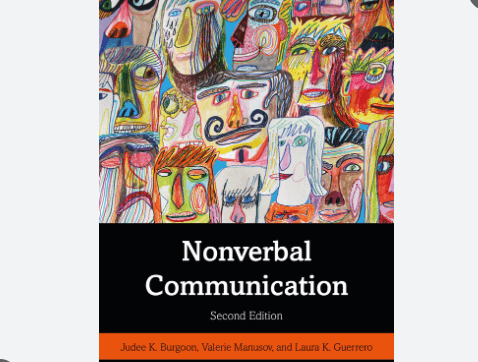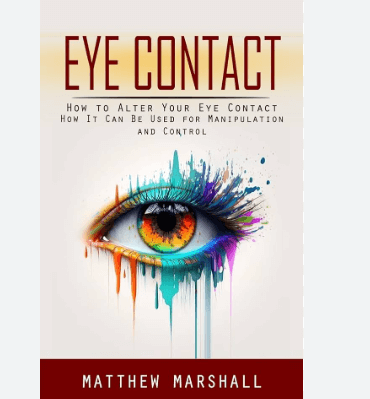Physical Barrier

- Article's photo | Credit Frank Sonnenberg Online
Imagine you're in a heated debate, your voice rising, and your every gesture punctuated by the rhythmic clang of construction outside. Or, you're huddled over a conference call, your colleague's grainy video feed constantly dropping, leaving you grasping at the fragments of their argument. Frustrating, right? These are just two examples of the pesky physical barriers that can trip up even the most eloquent communicator. In this blog post, we will delve into the nuances of physical barriers, explore their impact on communication, and provide valuable insights on how to overcome them.
Navigating Physical Barriers to Effective Communication
What are Physical Barriers?
Physical barriers in communication refer to any tangible obstacles that hinder the clear transmission and understanding of a message. These barriers can range from the obvious, like noisy environments, or bad lighting, to the subtle, like poorly designed conference rooms. They can disrupt both verbal and nonverbal communication, impacting everything from the volume and clarity of our voice to the way we express ourselves through body languageOpens in new window.
Unlike linguistic or cultural barriers, physical barriers are often more subtle but can have a significant impact on the effectiveness of communication, affecting everything from casual conversations to high-stakes presentations. Let's delve deeper into some common physical barriers and how to overcome them:
Noise Pollution
From the roar of traffic to the incessant chatter in a crowded office, unwanted noise can drown out even the most eloquent words. Consider an open office environment with constant background noise from conversations, ringing phones, and office machinery. This disrupts the flow of communication, forcing listeners to strain and potentially misinterpret the message.
Excessive noise can disrupt concentration and hinder effective communication. Important details may be overlooked, leading to misunderstandings and errors. This physical barrier demands the implementation of noise reduction strategies, such as soundproofing or designated quiet zones, to create an environment conducive to focused work and clear communication.
Strategic Tips - Implement soundproofing measures in noisy environments.
- Encourage the use of noise-canceling headphones for tasks requiring concentration, enabling individuals to navigate and overcome the physical barrier of workplace noise.
Poor Office Layout and Design
Picture a traditional office with rows of cubicles, isolating employees from one another. The physical arrangement of cubicles creates literal walls, hindering spontaneous interactions. Employees may feel disconnected from their colleagues, leading to a lack of camaraderie and reduced opportunities for collaboration. This barrier can stifle creativity and innovation, as the flow of ideas is restricted by the physical structure of the workspace.
Strategic Tips - Design workspaces to encourage face-to-face interactions, such as open office layouts or communal areas.
- Consider the impact of office furniture and layout on communication flow, creating an environment that fosters collaboration and minimizes physical barriers.
Geographical Distance
Geographical distance, whether across the room or across the globe, can create a physical barrier, impacting the overall flow of conversation. Imagine a multinational corporation with teams located in different continents. Team members in Asia may be working while their counterparts in North America are sleeping.
Geographical distance can lead to time zone challenges, making real-time communication difficult. Coordination becomes a complex task, and delays in responses may occur due to the asynchronous nature of work hours. Misalignments in project timelines and goals are common, requiring meticulous planning and scheduling to bridge the gaps.
Strategic Tips - Implement instant messaging and collaboration tools to facilitate quick and real-time communication, reducing the impact of time zone differences.
- Establish core working hours that overlap across different time zones. This ensures that team members have dedicated time for collaborative work and meetings.
Technological Glitches
In our digital age, communication often relies on technology. But malfunctioning equipment, unstable internet connections, and even the dreaded "can you hear me now?" can turn a smooth conversation into a frustrating game of technological ping-pong. Technological barriers can result in delayed or distorted messages, hindering the timely exchange of information. Team members may experience frustration, and the overall efficiency of the organization can be compromised. Regular updates to technology infrastructure and ensuring access to reliable communication tools are crucial to overcoming this barrier.
Strategic Tips - Leverage video conferencing, instant messaging, and collaboration tools to bridge geographical gaps.
- Ensure that all team members have access to up-to-date and reliable communication technology, fostering seamless interaction regardless of physical distance.
The Blurry Vision
Remember that flickering fluorescent lightbulb that seems to hypnotize colleagues in meetings? Visual distractions, from cluttered rooms to flashing computer screens, can steal focus and derail the flow of communication. Cramped spaces, dim lighting, and unclear visuals (think blurry presentations or tiny fonts) can make it difficult for your audience to follow your lead.
Strategic Tips - Incorporate natural elements into your workspace, such as plants or calming nature sounds. These can help create a more serene environment and reduce visual overload.
- Adjust the brightness of your computer screen or phone to a comfortable level that's less harsh on your eyes. This can help reduce eye strain and make it easier to focus on the speaker.
Remember, communicationOpens in new window is a two-way street. By acknowledging and addressing physical barriers, we can all become more effective communicators, building bridges of understanding instead of walls of frustration. So, the next time you find yourself struggling to connect, take a moment to assess the physical landscape. With a little awareness and some proactive steps, you can transform those barriers into stepping stones towards clear, efficient, and truly meaningful communication.
| Bonus Tips |
|---|
| Encourage your audience to actively participate in overcoming barriers. Ask them to adjust their volume, request clarification if needed, and suggest alternative communication methods if necessary. Open communication and collaboration are key to demolishing physical barriers and building bridges of understanding. |



